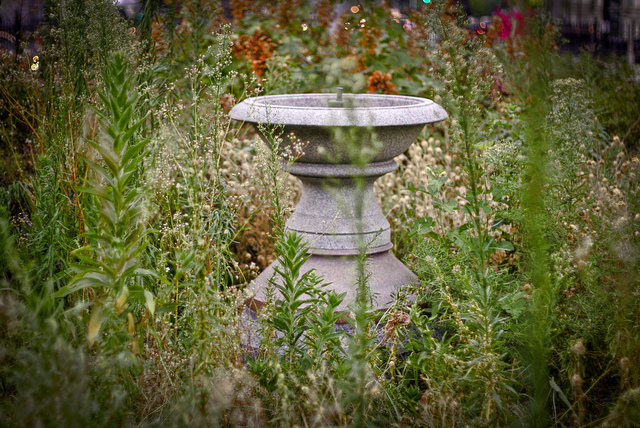Humans and animals aren’t so different. Both can be described as opportunistic and adaptable. Just as our ancestors have learned to live in and adjust to all types of environments, lots of wildlife have done the same.

Though, as cityscapes develop and urban sprawl decreases the size of their natural habitats, wildlife that aren’t displaced entirely turn to humans to meet some of their basic needs for food and shelter.
When this creature is a bird or rabbit, one may be more inclined to be hospitable. However, when the critter is a mischievous raccoon or poisonous snake you might feel differently.
Fortunately, you can avoid attracting unwanted wildlife to your home with a few precautions. Here are six common mistakes homeowners should avoid if they want to keep their homes pest-free.
- Letting the yard get overgrown. Tall grass and unruly brush makes for a perfect shady spot wildlife can use to take cover or build a habitat. It could easily bring critters and predators to your front or back yard. Having a snake den or wildlife residence so close to your home can be especially dangerous if you have pets or children around.
- Planting desirable vegetation or having an abundance of water. Speaking of plants in your yard, even homeowners who are into landscaping may still experience issues. For instance, if there is a pond or water fountain wildlife may come in search of a drinking source. This is especially true in hotter, dryer climates like North Texas. It’s also good to know which plants in your yard or in your garden will attract and which will deter wildlife.
- Feeding the wildlife. No one wants to directly or indirectly provide a buffet for uninvited guests, or the predators that will inevitably follow them. That’s why in addition to checking the flora in your garden, you’ll also want to avoid intentionally feeding wild animals…no matter how cute they are. Not only does it lessen their fear of humans and make them dependent, you also run the risk of getting bit! Even feeding more “desirable” animals like birds can draw predators who prey on them as their own meal ticket.
- Leaving pet food or garbage cans out. Hungry critters are fine sustaining on your leftovers and pet food. Make sure to secure your trashcan lids with a latch or rope at night to prevent animals from foraging. You’ll also want to bring in pet food bowls if Fido or Scratchy are fed outside and put their food bags in a closed bin. Sometimes, desperate, clever critters make their way inside the home through “doggie doors”. Block them off at night or when not in use.
- Failing to seal off home entry points like the chimney. Animals may not always respect the boundary between your house and the outdoors, especially during weather extremes. Attics, crawl spaces, and especially chimneys provide easy access to wildlife looking for shelter. A professional chimney cap is a great preventative that can keep your family safe from invasion. It’s also important to remember that if you suspect wildlife may have gotten into your home, call a professional to remove the creature instead of attempting to trap it inside the house.
- Not sharing knowledge with your neighbors. Feel like you’re doing everything right, but are still noticing a lot of wildlife in the neighborhood? It may be time to share these best practices with those who live around you. By helping neighbors become aware of the ways they may be unknowingly feeding and/or inviting wild animals you can help prevent an influx of unwanted creatures from taking up residence in and around your home.
In short, even with the best prevention strategies crafty critters may still target your home at times. If a situation arises and you need a qualified professional, contact us to solve your chimney or wildlife removal needs.
We’re dedicated to handling all your animal control and removal problems in the most humane and ethical way possible.






